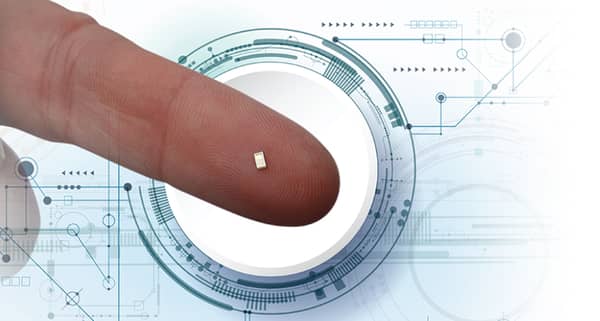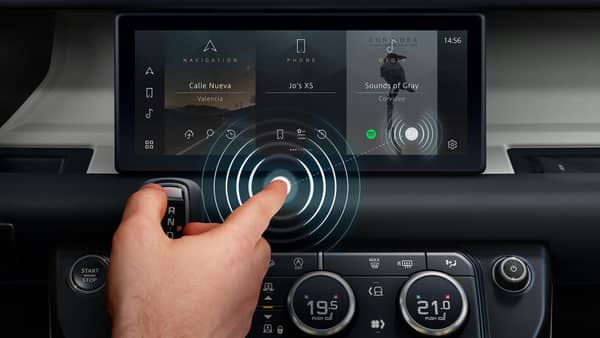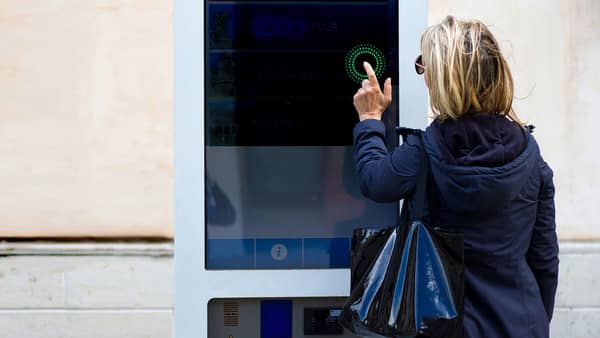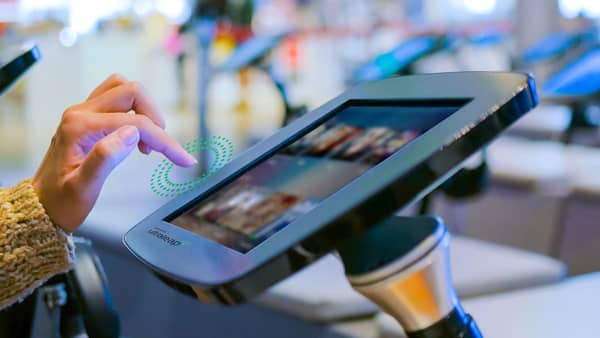
How the Pandemic and Technology Will Change Education for the Better
July 28, 2020
What is Fog Gaming?
August 26, 2020The world is in much need of contactless technology, and even more so as we continue to live through this pandemic. Many industries have had to adapt and change how it operates. Companies are rushing to develop this innovation, which just means the world will be the ones who benefit from this race to innovate.

Touchscreen Technology Has Grown Tremendously
Touchscreens have come a long way since it was invented in 1965. Today, one of the most innovative inventions, called TouchPoint, can turn any surface into a touchscreen. This even includes surfaces not conventionally suited for the technology. This technology can even work on ceramic, metal, plastic, glass, and even wood. Can you imagine a slab of wood as a touchscreen?
TouchPoint uses a new method of haptic touch. It uses 3D ultrasound technology to sense if a finger is touching the given surface. This is how untraditional surfaces can be turned into a touchscreen. The sound waves detect if a finger is touching the surface, and can even understand the difference between distinct touches. Leaving room for the opportunity for multifunctional gesturing in the future. As we look to the future the next technology advancement that is wanted and maybe even more so needed is the touchless touchscreen.

The Future of the Touch Screen Is Touchless
Touchscreen technology has enhanced many of our devices and made transactions more convenient. But the pandemic has made the world afraid of the touchscreen. The obvious natural progression and fix to this issue is a touchless touchscreen.
A new patented technology developed by engineers at the University of Cambridge accomplishes just that. They call this technology “predictive touch”. Using a combination of sensor technology and artificial intelligence, it predicts the user’s projected target and selects it before the user touches it. In a public setting, this technology can save us from touching displays and contracting and spreading pathogens. We may not realize it, but we touch many different touchscreens in our everyday transactions. ATMs, self-service checkout at the grocery store, parking meters, and ticketing stations. Even after the pandemic, these touchscreens can save us from contracting a simple cold or flu.
The predictive touch technology was developed by the University of Cambridge in collaboration with Jaguar Land Rover and will make using the screens in your car safer by eliminating the time spent interacting with the screen. Tests show the technology reduced the time needed to interact with the screen by up to 50% keeping the driver’s eyes on the road.
How Does the Touchless Touchscreen Technology Work?
This technology uses a kind of artificial intelligence called machine intelligence. It predicts what the user intends to do and follows through with the motion. This technology uses a gesture tracker, vision-based or RF-based sensor, information on the user, environmental conditions, and even uses an eye-gaze tracker to determine what the user aims to do.
Because you don’t need to touch the screen, you may not need a screen altogether. This type of touchless technology could incorporate the use of holograms instead of a screen itself. The software-based solution is ready and can be easily incorporated into existing touchscreens and interactive displays.

How Can Touchless Technology Be Incorporated into Society?
The idea of overhauling entire systems to install new touchless touch screens seems like quite the undertaking. But a group of former Samsung engineers have created a device that could potentially turn almost any screen into a touchless touchscreen. They use what is called LIDAR technology.
LIDAR stands for Light Detection and Ranging. LIDAR sends out laser lights to illuminate a target and measures the returned reflection with a sensor. All of this information can then be used to make a digital 3D representation of the area. Scientists and researchers use this technology to map out the ocean floor or to map out the terrain of the rural jungle or forest. It can show the topography of the land without physically removing the ocean water or a forest’s trees. LIDAR is also the technology being used in the touchless touchscreen.
This new technology that can turn almost any screen into a touchless touchscreen is called Glamos. It detects motion and sends a signal to the device telling it how to react. The user doesn’t need to touch the device itself, but instead, the user touches the air within a 180-degree area. If you are using this technology with a preexisting touchscreen, you can interact with the touchscreen from a distance. You can swipe the air keeping the device clean and more importantly keeping you safe as well.
This touchless technology can be used in many different ways. The user can control a smart television without a remote by just tapping the air that corresponds with that location on the screen. This can be useful for multitasking as well. If your hands are dirty and you don’t want to touch your laptop, tablet, or smartphone you can simply air touch the screen without getting your device dirty. Glamos can sense a user’s motion within a three-foot radius and a rotating mirror allows for a wider degree of coverage.
This device can be used on all smart televisions and is also compatible with android, iOS, and all PCs running Windows 7 and above. This technology is open-ended making its use up to the user. The best thing about the device is the size. At only 1.5 inches by 1.3 inches—it is tiny. The size of the device is very promising. Because it’s so small, it can be deployed almost anywhere and can be incorporated into our everyday lives.

Conclusion
New technological advancements like the Glamos can change our everyday lives. Businesses can implement tiny LIDAR sensor devices into their operations without overhauling an entire system. Touchscreen technology has grown since it was first conceived, and it is coming at a time where it’s needed the most. Air button technology, touchless touchscreens, or predictive touch—whatever you want to call it, is an advancement in technology much needed in the world right now.


1 Comment
[…] What Is Air Button Technology? Please follow and like us: […]